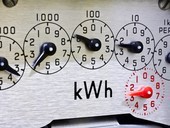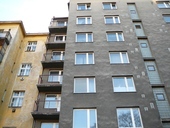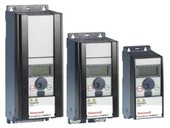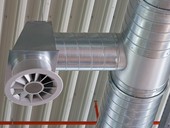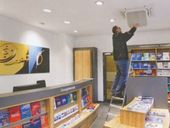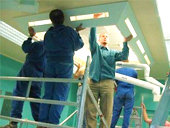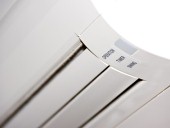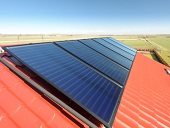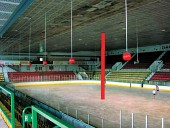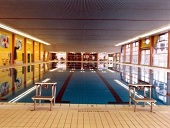The development of the project on Energy Performance Contracting is very significant even without any state support till recent time. Last year we can see finaly some support. Ministry of Environment has supported EPC in general by the project in programme of environmental education and promotion. Also Ministry of Industry and Trade endeavours to support first phase of EPC project preparation to select buildings suitable to apply EPC from programme EFEKT from 2012. The methodology for the using of the EPC in the state buildings will be prepared by the end of 2011. By the end of this year several moreover several new tenders will be announced in public sector.
Newsletter
Přihlaste se k odběru newsletteru a my vám každý týden pošleme přehled toho nejlepšího z TZB-info!
více o newsletteru
